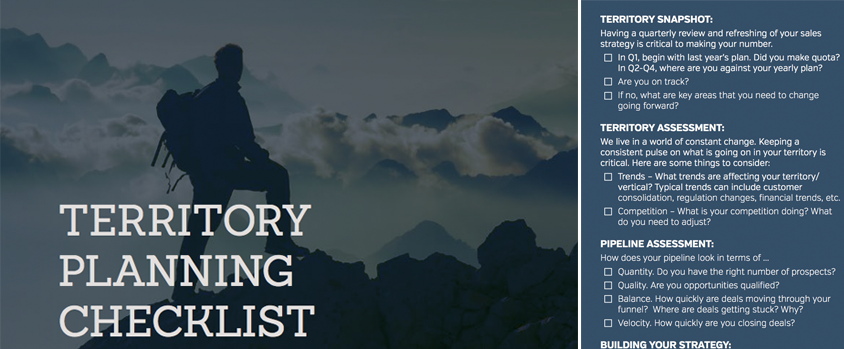PERFORM OR TRANSFORM
Today’s business environment rewards organizations that can change – often and quickly. Today’s environment also focuses on delivering results. The problem is that those two goals are typically incompatible. We say we want transformation – but not so much that it hurts results. Is it possible to change an organization without simultaneously destroying productivity and performance?
High-performing organizations have traditionally been consistent – steady growth, low turnover, well-defined processes, and supporting systems. However, change interrupts this flow– employees must take on new roles and learn new skills. Processes must change and be adapted, tools and systems reworked or replaced. Therefore, the impact of change on an organization limits its ability to perform (and may completely paralyze everyone!). On the other hand, organizations that don’t change are doomed to fail – some sooner, some later, but it is guaranteed. And the organizations that change sooner than their competition can gain significant market share.
We need balance (you probably knew that). Balancing change and performance is hard – and is only possible with leaders that ensure both receive the proper levels of change. However, this is a challenging expectation for managers, as they usually prefer one extreme or the other and must overcome their tendencies. Some are born high-speed performers – they naturally optimize processes, refine tools, and carefully track results – with no shortage of energy for making minor improvements. Others are born change-aholics. Instead, they would do the same task in a new and different way every time – no matter how long it may take or how painful it may be. But – they come up with the latest ideas and innovations that take the organization to the next level.
Some descriptive terms for those two extremes are Stability and Disruption. Rarely is a person entirely on one extreme or another. But most have leanings – I’m sure you relate more closely to one or the other. And this causes an organization to be driven toward one side or the other. So here are some ideas on how to balance out each – Stability or Disruption.
STABILIZER
By far, the most common tendency. Stabilizers prefer security and calmness in their work environment, which is good as long as they don’t put everyone to sleep. If you are a Stabilizer, there are two things needed to balance your tendencies with a good dose of change:
-
You must be comfortable with change –
- Keep space for change and potential mild chaos and (perhaps) even failure. You have not to resist it (a small amount of resistance on your part can be construed as an insurmountable wall by your team). There are many excellent books on this topic – read a couple and put them into action. (Two of my favorites are “Who Moved My Cheese” and “Switch.”)
-
Make change a process that you manage and optimize.
- Find one or two Disruptors on your team and give them some leeway to try out a few of their ideas. Set goals, provide resources, track progress, record learnings, and then kill the bad ideas and promote the good ones. But make it a process – just like everything else.
DISRUPTOR
The disruptors are encountered less frequently, and probably have already learned some coping mechanisms to be promoted into leadership. But, they are there because they have enabled transformative change. However, they may not be putting in place the foundation required for sustained high-performance levels. If you are a Disruptor, consider embracing the following:
-
Embrace repeatability –
- at least for one or two critical organizational activities. Commit yourself to accelerate the velocity and results from those processes, with regular reporting and celebrating each new performance high.
-
Put a filter on your ideas –
- don’t share all of them (maybe only share a small fraction of them). Your latest “interesting idea” (which you forget a day later) can be interpreted by your team as the “new way we’re doing things.”
In summary, changing an organization while still delivering acceptable performance is very hard. And, most leaders are good at one or the other, not both – leading to organizations that either perform well (for a while), or change often, but not both. The key is to identify your tendency, take advantage of it, and put a system in place to fill the other side’s gap.






